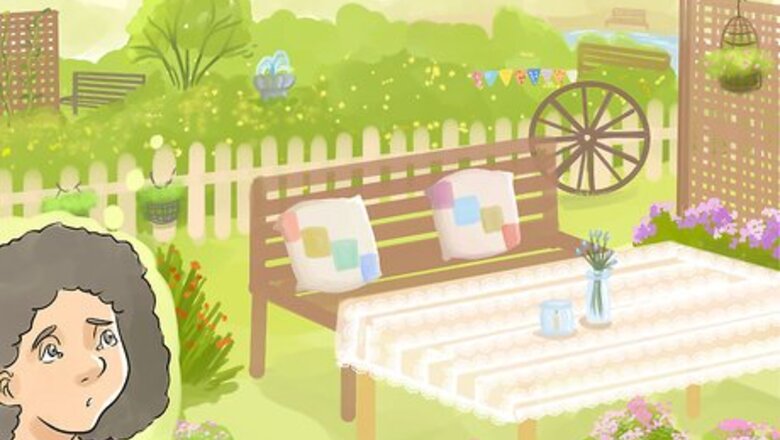
views
Mapping Out the Initial Space
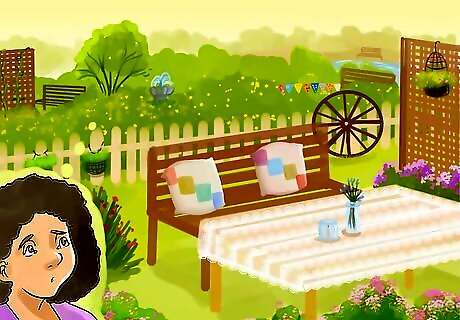
Decide on a type of garden. You can always plant a traditional vegetable garden, but there are other options as well. You could do a rainbow garden of matching color plants in rows. Or, a salsa garden with all of the ingredients needed to make salsa, such as cilantro, tomatoes, and peppers. Or, a tire garden where the plants are grown inside old tires. You can even do an ABC garden where each row of plants starts and continues with a certain letter, such as A. The A row could contain arugula or asparagus stalks. You can also create an herb garden with plants like rosemary and sage. Or, a flower garden with daisies, roses, and other beautiful blooming plants.
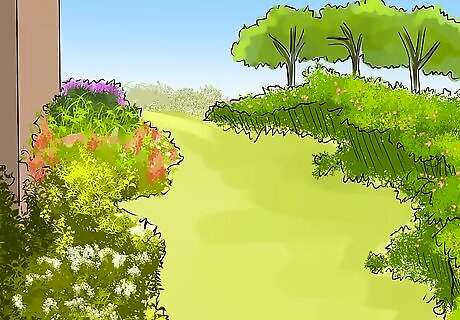
Choose a realistic size. Think about how much spare time you have to devote to the care of the garden. Try to estimate how long it will take to care for a particular space. For example, weeding a large garden is a time commitment that many people underestimate. Also, for a family garden, make sure to calculate the time spent teaching your kids about the plants and how to care for them.
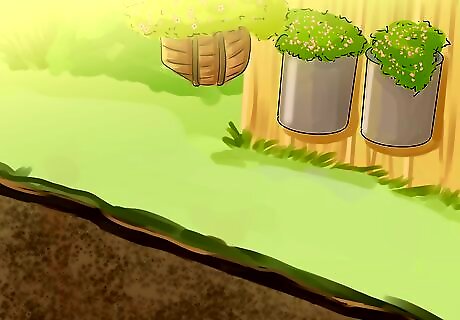
Choose a spot with good sunshine and drainage. Your garden will need both partial and direct sunlight. You should aim for at least 6 hours of sunlight exposure for all parts of the garden. You will also want an area with adequate drainage or you could have flooding every time it rains. You can determine the quality of drainage in an area by watching what happens when it rains. Does the rain pool in certain areas or does it wash away slowly? Make sure that your garden does not fall under the drainage areas of your gutter or in a lower area in your yard.
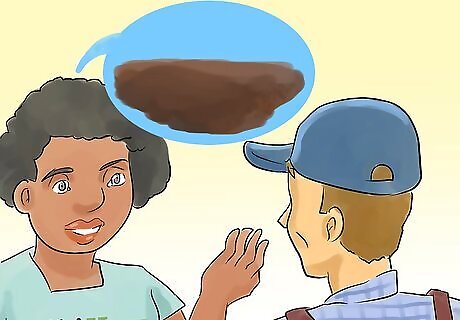
Get the soil tested. When you have chosen your initial spot, go out a take a soil sample from that area. You can then take this soil to a local gardening store and ask them to test its quality. They will be able to tell you if the pH balance is too high, for example. They can also offer you suggestions as to how to improve the soil via the use of compost materials. For a healthy garden, you want to aim for a pH balance between 6.0 and 6.8.
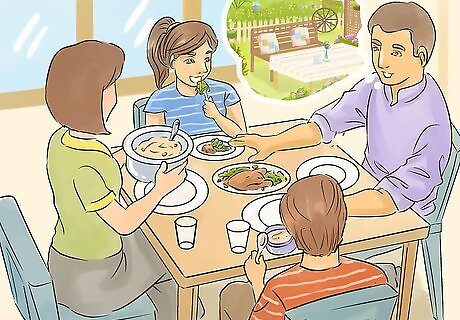
Sketch it out. Before you’ve even selected the plants, get out a few pieces of paper and ask your children to draw out what their dream garden looks like. You can suggest that they use “X” to mark where the plants will go. You can then sit down as a family and talk about how you want the garden to look when finished. For example, do your children prefer a garden with clean, spaced out rows or something a bit more natural and overlapping? You could also do a more organic design, such as a circle-shaped garden or one with wavy-line rows.
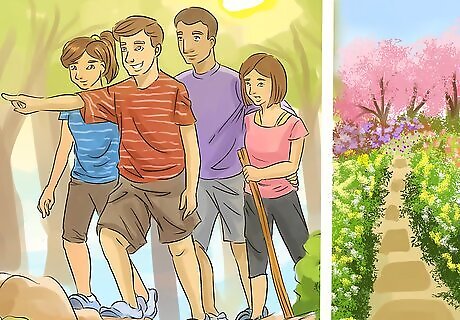
Look at other gardens for inspiration. Go with your family on a tour of a local garden center or arboretum. Give everyone small journals so they can take notes of what they like or dislike. Get online and browse through pictures of gardens with your kids. You can even clip out pictures from magazines for inspiration.
Choosing the Plants and Other Items

Keep a produce diary. For two weeks, keep a running list of every piece of produce that your family consumes. You can write down the names of the produce and the amount eaten per day. Then, go back through the list to see how much of each item you’ll need to plant if you plan to eat from the garden over time. This will also allow your kids to choose their favorite foods for inclusion.

Select your plants or seeds. You can either buy partially or full-grown plants from your local nursery. Or, you can buy seeds from a store or online dealer. Your children may enjoy the process of physically choosing larger plants, but it is also fun to watch plants grow directly from seeds. It is often a good idea to go with a mix of both mature plants and seeds. Talk to a consultant at your local garden center to determine what types of plants will suit your garden’s soil and sunlight exposure best. Choosing plants with similar needs makes sense, as your garden likely provides one kind of environment unless it’s very large. If you will have children in the garden, then you may want to choose plants that are capable of surviving the curious little hands of kids. You will also want plants without thorns and ones that are not poisonous. Some great options are lavender or thornless roses.

Buy quality items. If you find discount seeds online, you may want to hesitate before you buy them. These seeds may be discounted for a reason and it would be disappointing to plant them with no success. Instead, try to buy your garden materials from an established online seller or nursery or gardening center. They may even offer a replacement policy if the plant dies.
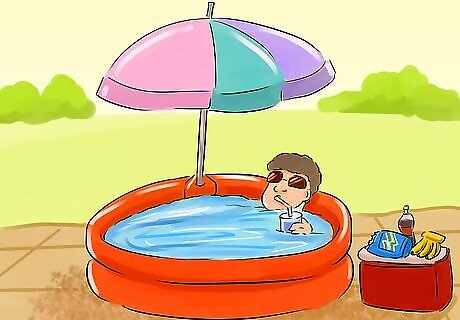
Consider adding play equipment. A garden can also be a great area for general play. Look into placing a slide or swing on the grounds. Perhaps consider building a fort in the branches of one of the larger trees. See if there is a place for a small swimming pool or splash pad area. This will guarantee that your family spends more time out of doors and in the garden space. Adding a bench or some stools can give your family a comfortable place to relax outside.
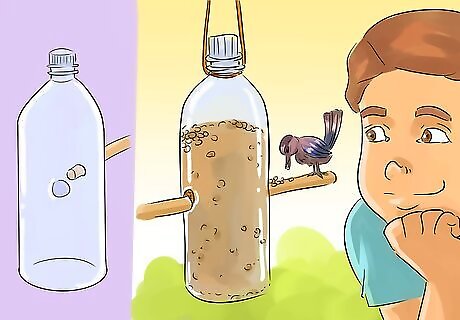
Add wildlife features. Try to incorporate a fish pond or perhaps a bird bath. A birdfeeder is another low-key option. You can even place an owl house or birdhouses up in the trees. All of these modifications will bring birds and other animals into the area, making for great entertainment for kids or birdwatching for adults. You can make a pond or water space kid-safe by adding a fence around it or by installing a metal grille or mesh system on top of it. Consult with a pond safety specialist for more guidance.
Creating the Garden
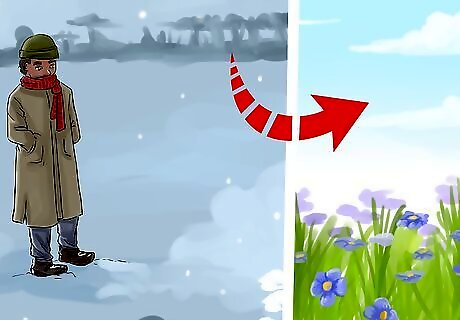
Plant after the final frost has passed. Otherwise, you could risk losing your plants to cold temperatures. If you are planting in the spring, this could mean waiting until April or later. Pick a day when the temperatures are warm and moderate to place your plants. It is okay if there are light showers in the forecast, but avoid any heavy storms as they could wash your plants out.
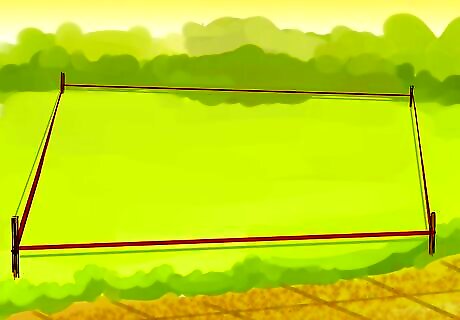
Stake it out. When your plans are in place and you have your plants, the time has come to plant. Mark off the four corners of your garden with stakes. Then, run string between these stakes to show the boundaries of the space. Place the plants in their proper locations within the space right away if the space is prepared, or afterwards if it needs to be tilled. Placing the plants is a great way to involve kids in the process. They will enjoy laying everything out and seeing the garden take shape.
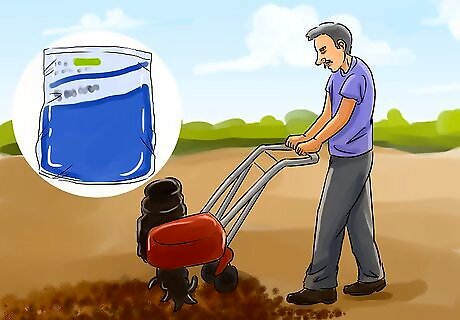
Till and fertilize the soil. Your soil may already be in good shape and you can choose to skip this step if that is the case. Otherwise, after you mark down the boundaries and before you place your plants, you’ll want to go over the ground with a tiller or hand tool. Try to loosen up the soil and incorporate fertilizer or compost as well.
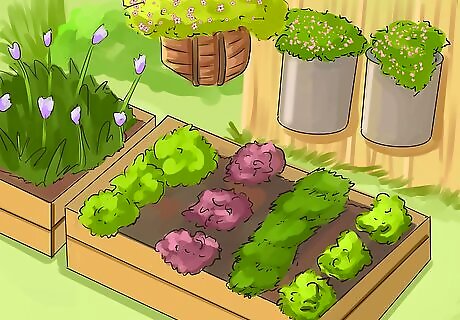
Plant with raised beds. If you are working in a smaller space, you might want to consider creating your garden with raised beds. You can use deep wood planters or even wooden rectangular ones. Raised beds have the benefits of requiring less frequent weeding and having better drainage.
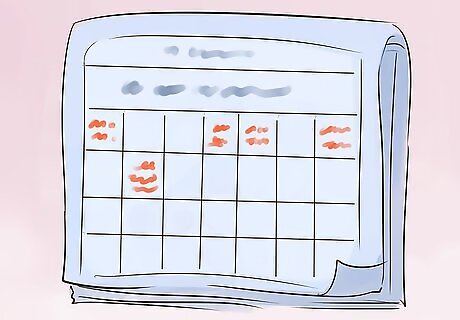
Make a care calendar. After your garden has been planted, your work has just begun. Get a paper calendar and post it in your family room or kitchen. Write down the care that your garden needs and when. This will let everyone know that you’ll need to be in the garden 2-3 times a week to keep it going. For example, you might mark down “weeding” on certain days. To make this activity fun, you could wear coordinating outfits or have everyone put on large, floppy gardening hats. You could also note how often certain sections of the garden need to be watered.
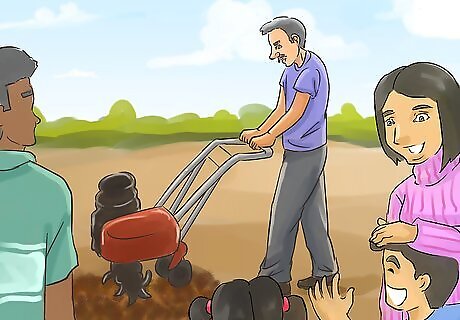
Enroll in a family gardening program. There are many colleges and recreation centers that offer programs for families who are interested in learning more about gardening. In these programs, you will be instructed regarding how to plant, water, fertilize, mulch, and so on. This is a great way to prepare your family for a garden undertaking. When your family ‘graduates’ from the program you can also get your children their own garden tools to keep the excitement going.




















Comments
0 comment